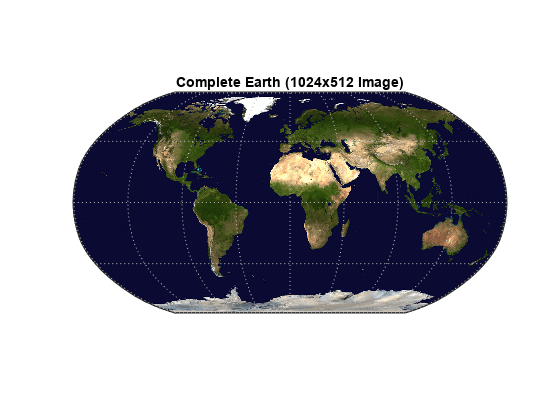wmsupdate
Synchronize WMSLayer object with server
Syntax
Description
updatedLayers
= wmsupdate(layers)WMSLayer objects in
layers with values from their associated WMS server and returns the
updated layers in updatedLayers. The function removes layers that are
not available on the server. This syntax requires all specified layers to be associated with
the same WMS server.
The wmsupdate function requires an internet connection. WMS servers
can periodically be unavailable. Synchronizing layers with a server can take several
minutes.
[
additionally returns a logical array whose elements are updatedLayers,index]
= wmsupdate(layers)1
(true) when the corresponding layer in layers is
available on the server. This syntax requires all specified layers to be associated with the
same WMS server.
[___] = wmsupdate(
specifies options for synchronizing layers with their WMS server. For example,
layers,Name,Value)"AllowMultipleServers",true enables the function to synchronize layers
that are associated with different WMS servers.
Examples
Input Arguments
Name-Value Arguments
Output Arguments
Version History
Introduced in R2009b
